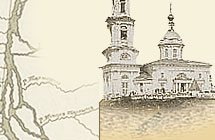Along the Banks of the Volga River
Masterpieces of the Russian photography from the second half of the 19th century
in the collection of the National Library of Russia in Saint Petersburg.
One of the first and most important examples of national panoramic photography was a 40-plate album Views of the Volga River from Tver to Kazan (1866 - 1867). Its author, Mikhail Nastyukov, was a well-known master. He had many followers and owned a photo studio in Moscow. He was patronized by the Crown Prince Alexander Aleksandrovich who became the Russian emperor Alexander III in 1883. Images of the Volga River by Nastyukov are considered to be his most famous works, even though some of the photos are technically imperfect. However, most of the plates in this unique album are distinguished by their composition and the author's ability to depict and convey the splendor of the Volga expanses, the width of the waterway, the beauty of river banks with majestic churches and cathedrals along them.
In 1869, one of the first attempts in the field of technical photography was made by other famous Moscow artists - Martin Scherer and Georgy Nabholz. Their album Views of Gryazi - Tsaritsyn Railway /Tsartsyn is now Volgograd/ is a detailed picture of the main railway which transported oil, timber and grain from the lower Volga to the center of Russia. Scherer and Nabholz became famous in 1867 for their panorama of Moscow. They made a revolutionary innovation, while photographing the railway. The artists combined new ways of documenting industrial objects with traditional methods of creating panoramic photographs.
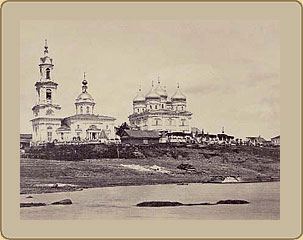 |
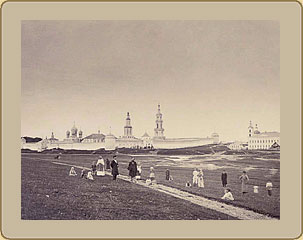 |
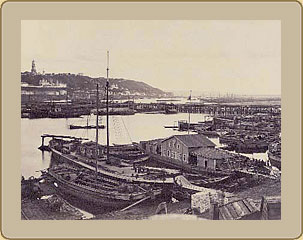 |
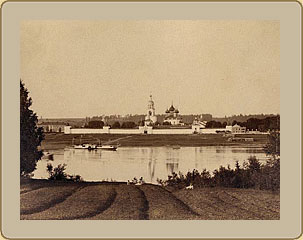 |
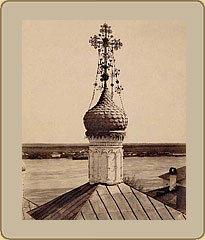 |
|
